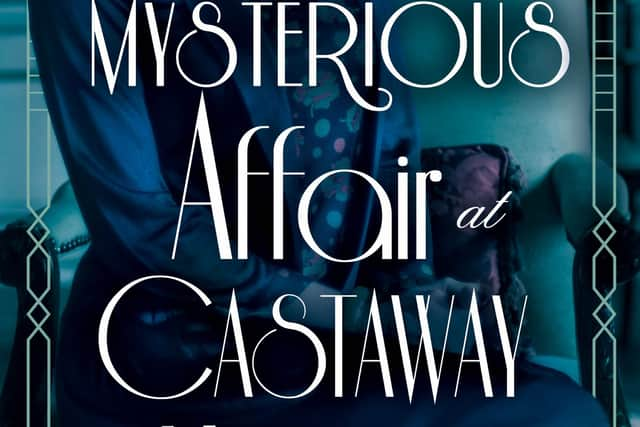The passing seafront grandeur that inspired my debut novel


Brighton, on a drizzly autumn afternoon. I'm supposed to be writing a novel and I've got an idea for a mystery tale set in a fictional seaside town. I even have a name for this town - Helmstone, taken from Brighton's original name of Brighthelmstone. Yet for some reason my story's not quite working.
For inspiration, I go for a walk by the sea. As I pass the sagging West Pier I turn and look at the buildings lining the front. I take in the jumble of eras leaning into each other, from Regency terraces to 1960s concrete, and I begin to wonder about the changing fortunes of the city's landscape and its houses. A wriggle of an idea starts to form.
Advertisement
Hide AdAdvertisement
Hide AdI begin learning more about Brighton and Hove's recent history, from the rising of Brunswick Square for the moneyed classes of the early 19th century, rippling out into further squares, terraces and crescents. As I do my, story starts to take shape. I picture a grand seafront building - Castaway House, I'll call it - still owned by one family in the 1920s, with servants traversing the back stairs and a louche couple firing insults beneath the high ceilings of a white-walled dining room.


I discover that in Brighton, as the working classes begin to refuse the back-breaking life of a domestic servant, large houses can no longer keep going without them. They are sold off to developers, turning them into flats and bedsits whose landlords have no inclination to keep up appearances. Façades become grimy and paint-peeled, sea-battered and unloved.
It's easy then, to imagine my fictional Castaway House in 1965, a seedy collection of bedsits with communal bathrooms and a girl uncovering secrets behind bungaroosh walls. And I discover that, in Brighton and all over the country, it's at just this time that an unholy alliance of the council and developers decide that by far the best solution to these uncared-for buildings is simply to pull them all down.
It's in that same year, for example, that an entire stretch of Georgian houses lining the King's Road is bulldozed in order to build the much-maligned Kingswest complex. The 19th-century Grand Hotel was to have been destroyed, with an amusement arcade planned in its place. And, in the middle years of the century, Brunswick Square, Brunswick Terrace and Adelaide Crescent are all destined for destruction, with high-rise flats to take their place.
Advertisement
Hide AdAdvertisement
Hide AdThankfully, a few dedicated conservationists get together and form the Regency Society, still going strong today. The Hove buildings are saved, and the Grand Hotel is listed by the government in 1971 - although, in my novel, a fictional version of the hotel does indeed become an arcade. Yes, monstrosities are still built, but Brighton's been luckier than many of its sister seaside towns. I, for one, am ever more appreciative of the fought-for heritage in the city's seafront residences, now returned once more to elegance. Because without them, my novel would never have been written at all.
Stephanie Lam's novel, The Mysterious Affair at Castaway House, will be published by Penguin Books on August 28.[/bpx]